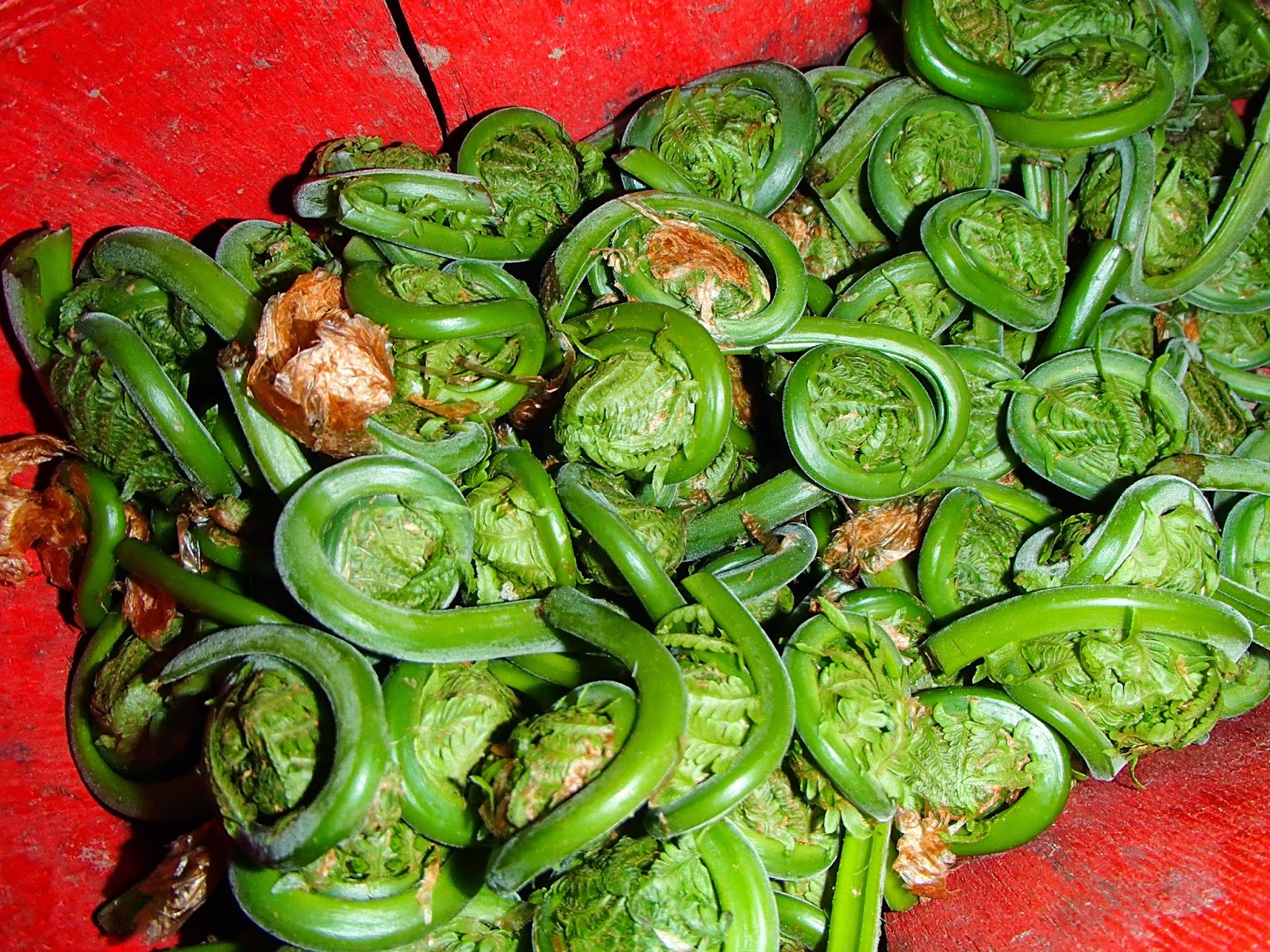With the Tea Room open and the operation in "full swing", we had such a great Mothers' Day, we decided to do something special for Fathers' Day on June 15th.
We're now taking reservations for Chef's especially conceived "manly" menu, a choice of 2:
1. A delicious 8 oz. Kent Heritage natural beef patty, pan seared on a toasted challah bun, topped with local lettuce, sweet madras mayonnaise, house smoked bacon, tomato relish and a fried egg. Served with a side of house made potato chips.
2. A trio tasting of sliders, including a Ling cod tempura with tartar sauce, a Beef patty with our in house tomato relish, and a Portobello slider topped with wild pesto. Served with a side of house made potato salad.
Meanwhile on the farm, this week has all revolved around bees!
We have wanted to start a few of our own colonies. We need the pollinators and can always use the honey. However, we have so many projects on hand, we decided to take a "short cut" this year. We are "renting" our farm to a bee keeper, in return for honey.
So this week, we took delivery of 176 hives.
 |
| A major bee delivery |
 |
| Our bee condo community |
Of course, our need for honey is also based on our wine making aspirations. Now that the weather is clear, we decided to return to our fruit wine making experiments. We stopped for the winter when we discovered how sensitive the process is to temperature.
Now we can start again with our new 50 liter fermentor. Scaling up is proving somewhat difficult for lack of space. In fact, we had to set-up our new operation in the corner of our house kitchen.
 |
| Our new and assembled fermentor "tucked away" in the kitchen corner |
 |
| The height of our stove and a makeshift stand for the fermenter helped siphoning from one container to the other |
So for our first batch, we decided to make a Raspberry wine. Our recipe roughly calls for 1 kg if honey for every 2 litres of water. To this we add about the same amount of fruit as honey.
 |
| Frozen Raspberries ready for honey, water and yeast |
For those following our foraging activities, this week it was time to pick the Garlic Mustard and the stinging Nettles. Both are young and tender, ready for the picking.
 |
| We have no shortage of Garlic Mustard |
 |
| The young Nettle is also ready for picking |
It is amazing what you can do by blending Olive Oil with Nettles, Garlic Mustard, Ramps and Walnuts (a variation on Italy's "Pesto di Ortica").
 |
| Chef's Wild Pesto |
 |
| A real break from farm work. |



















.JPG)









